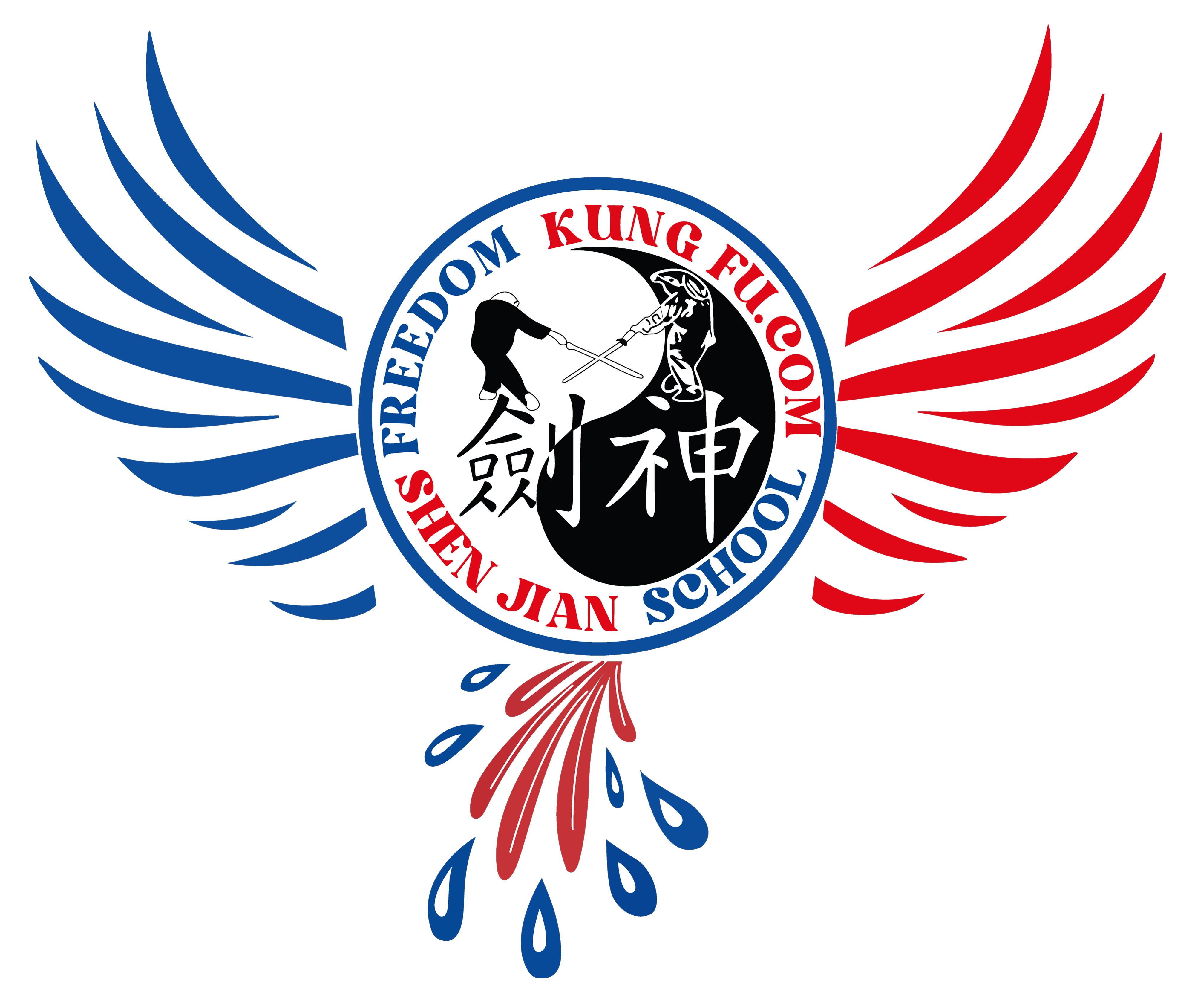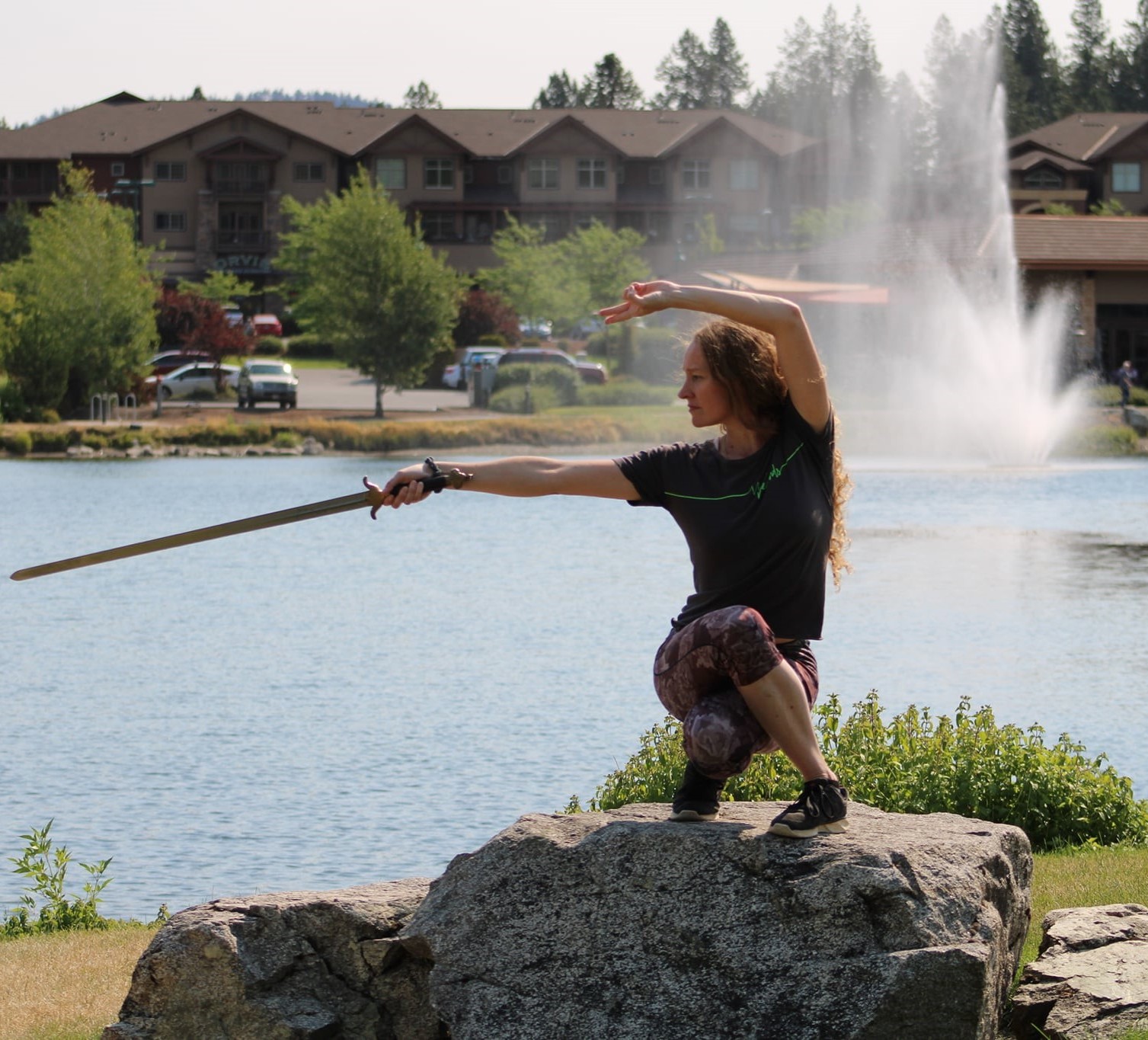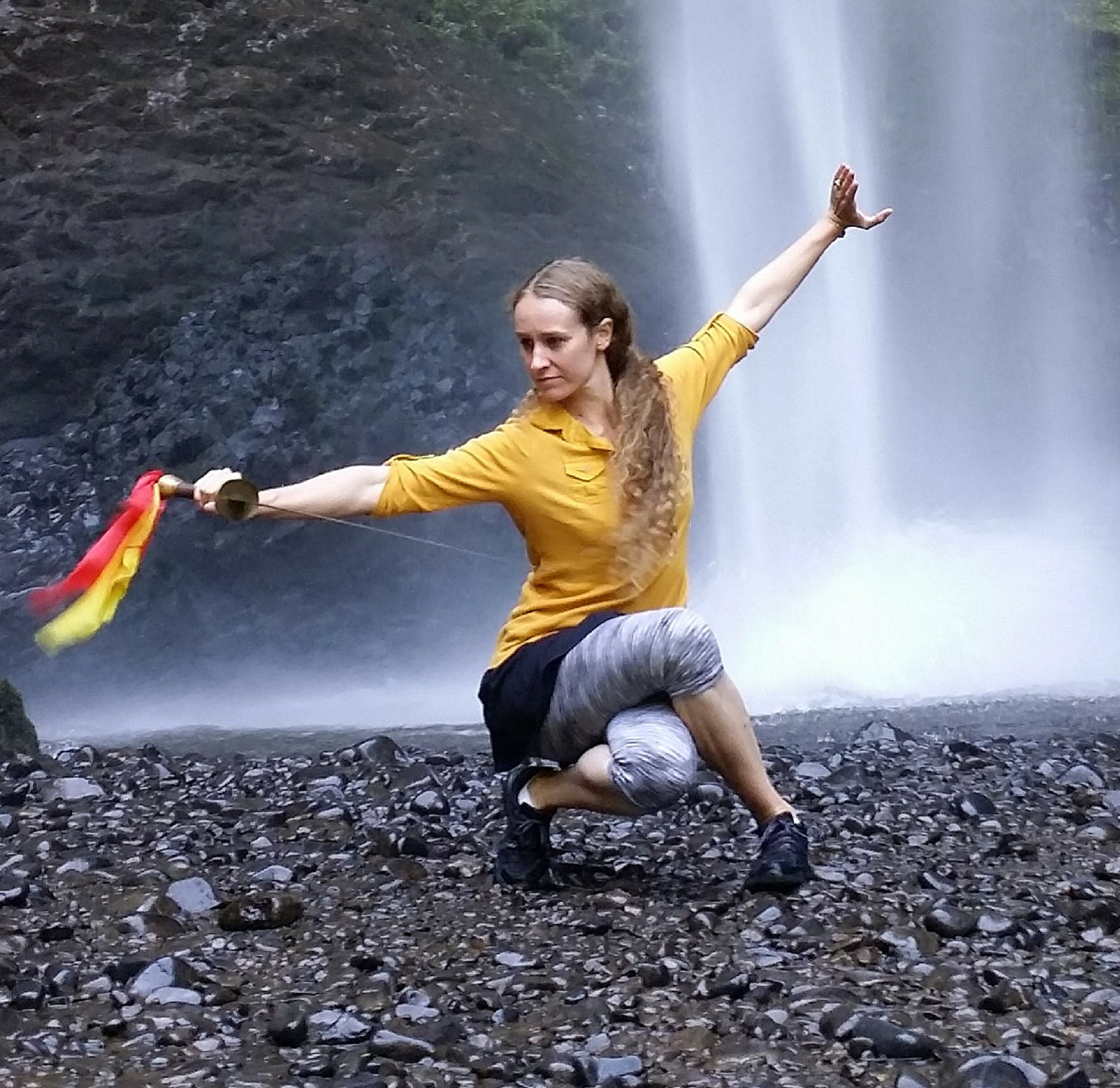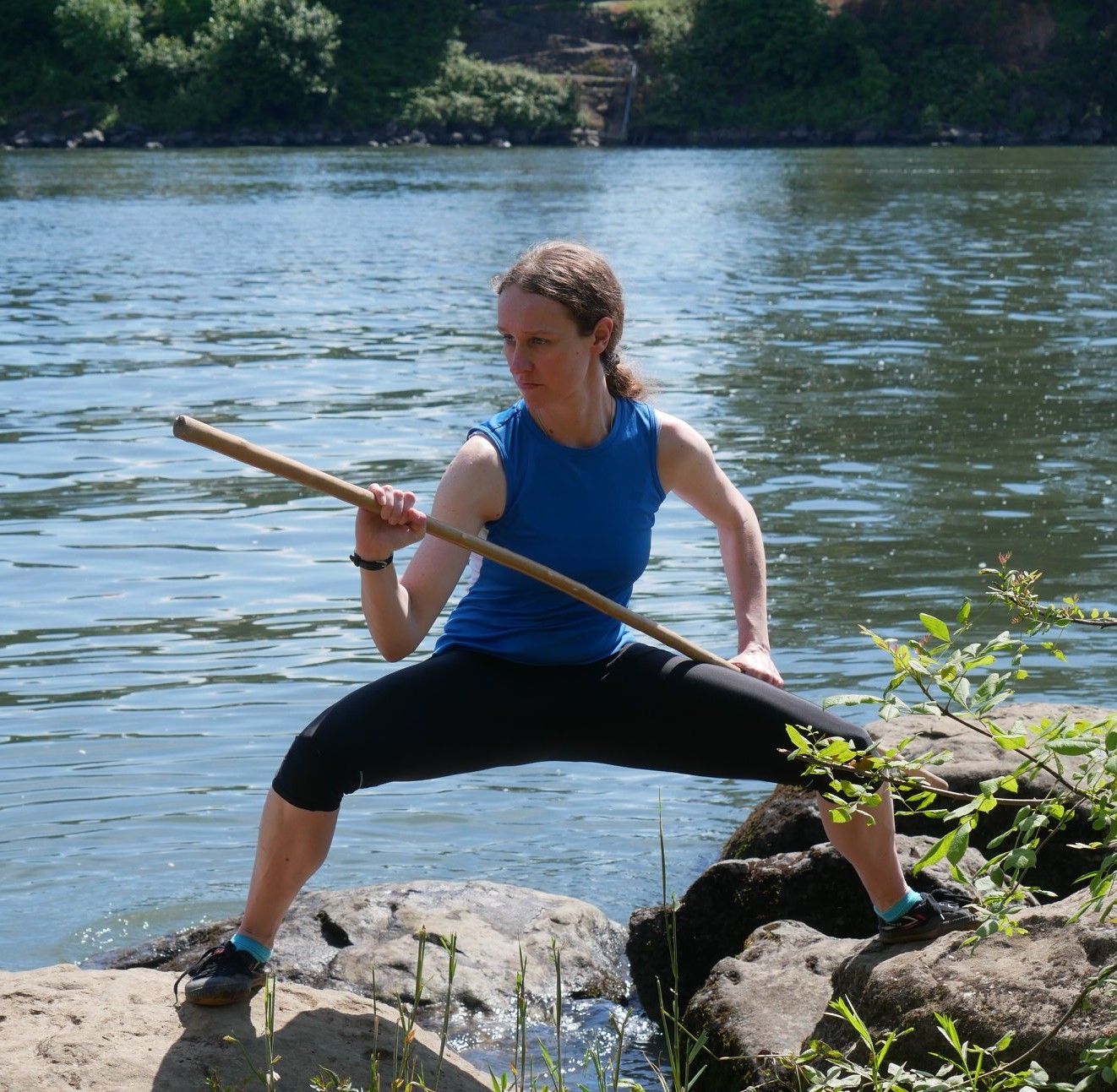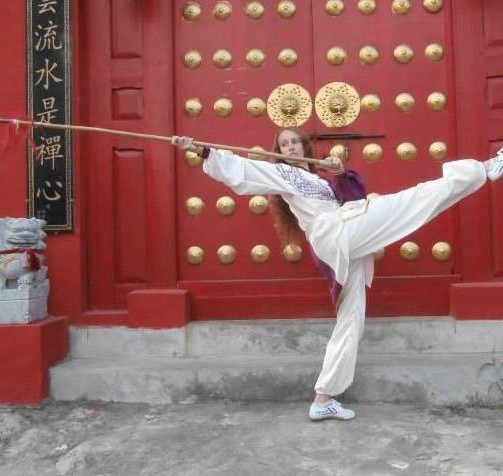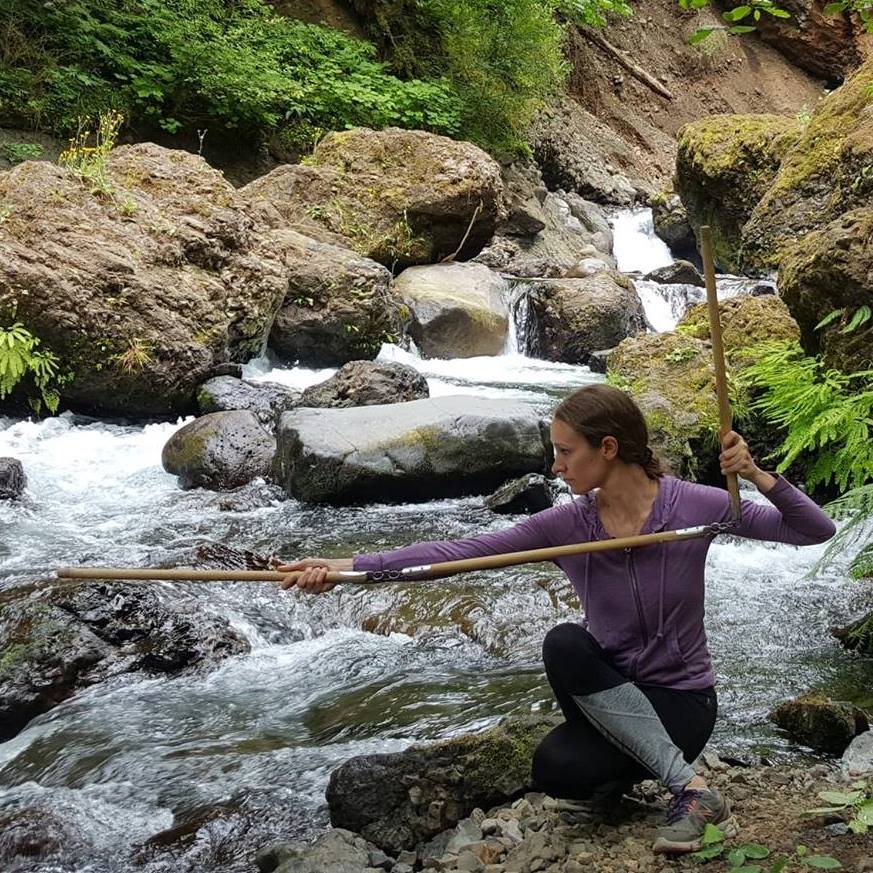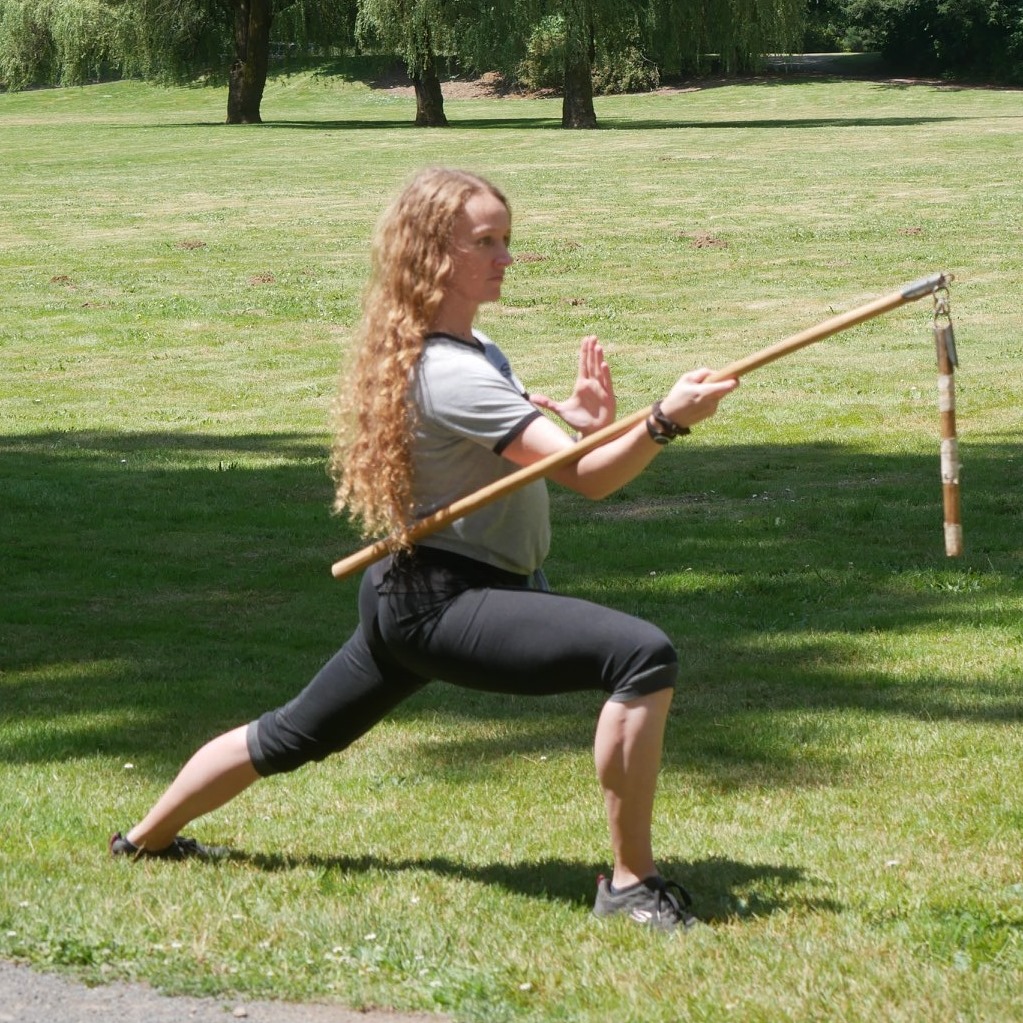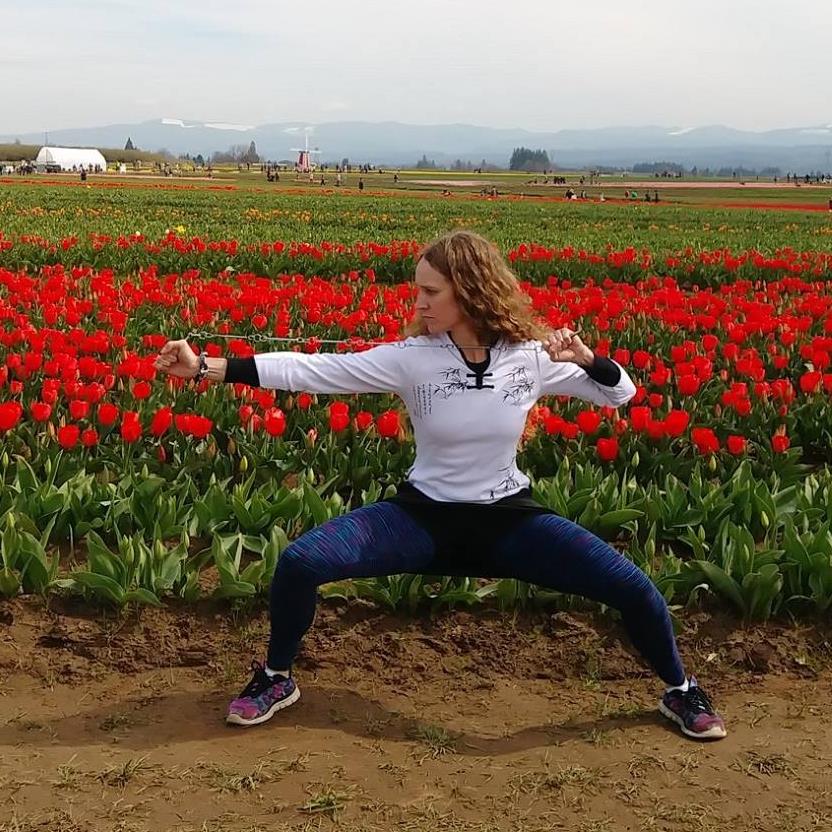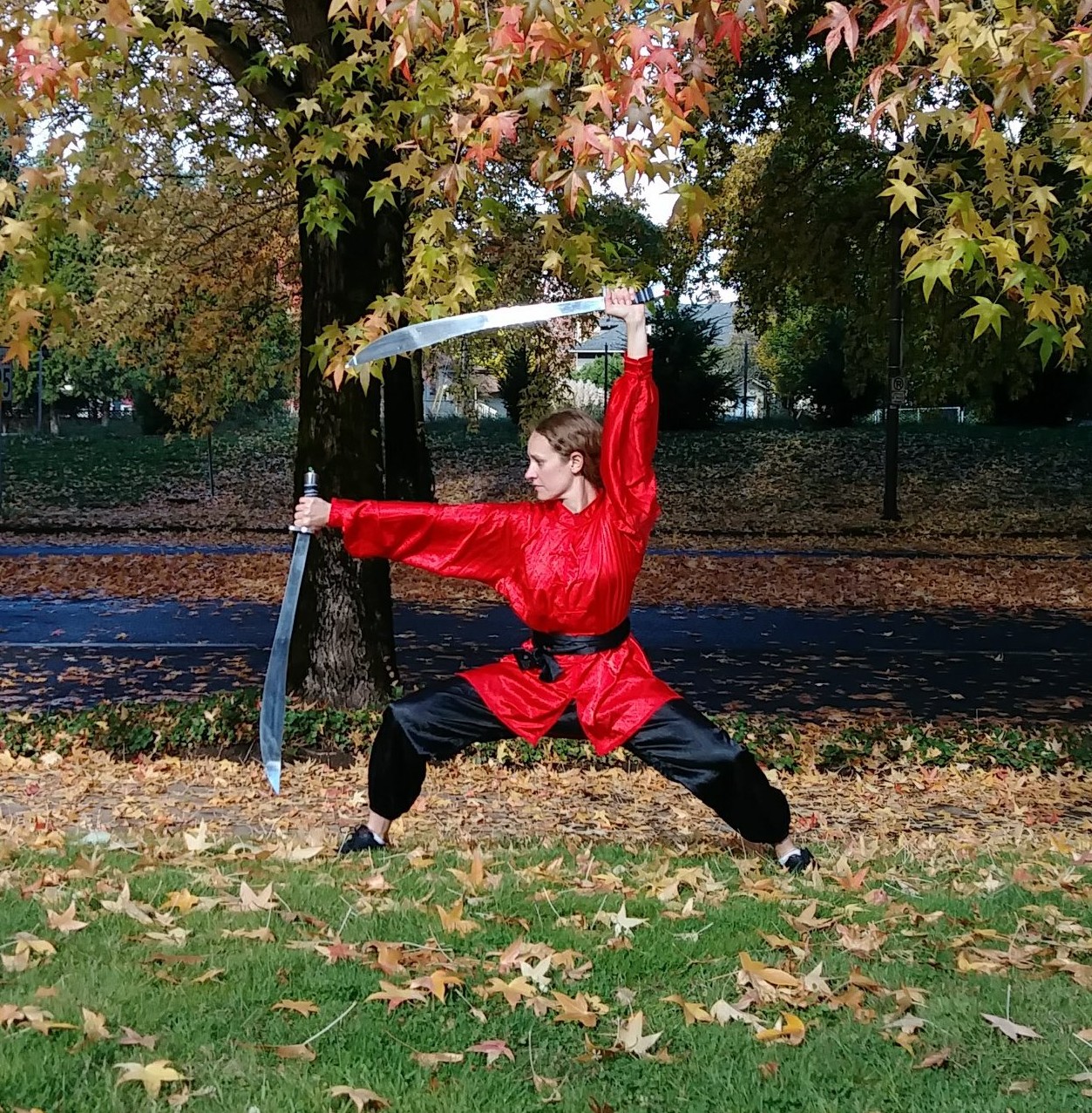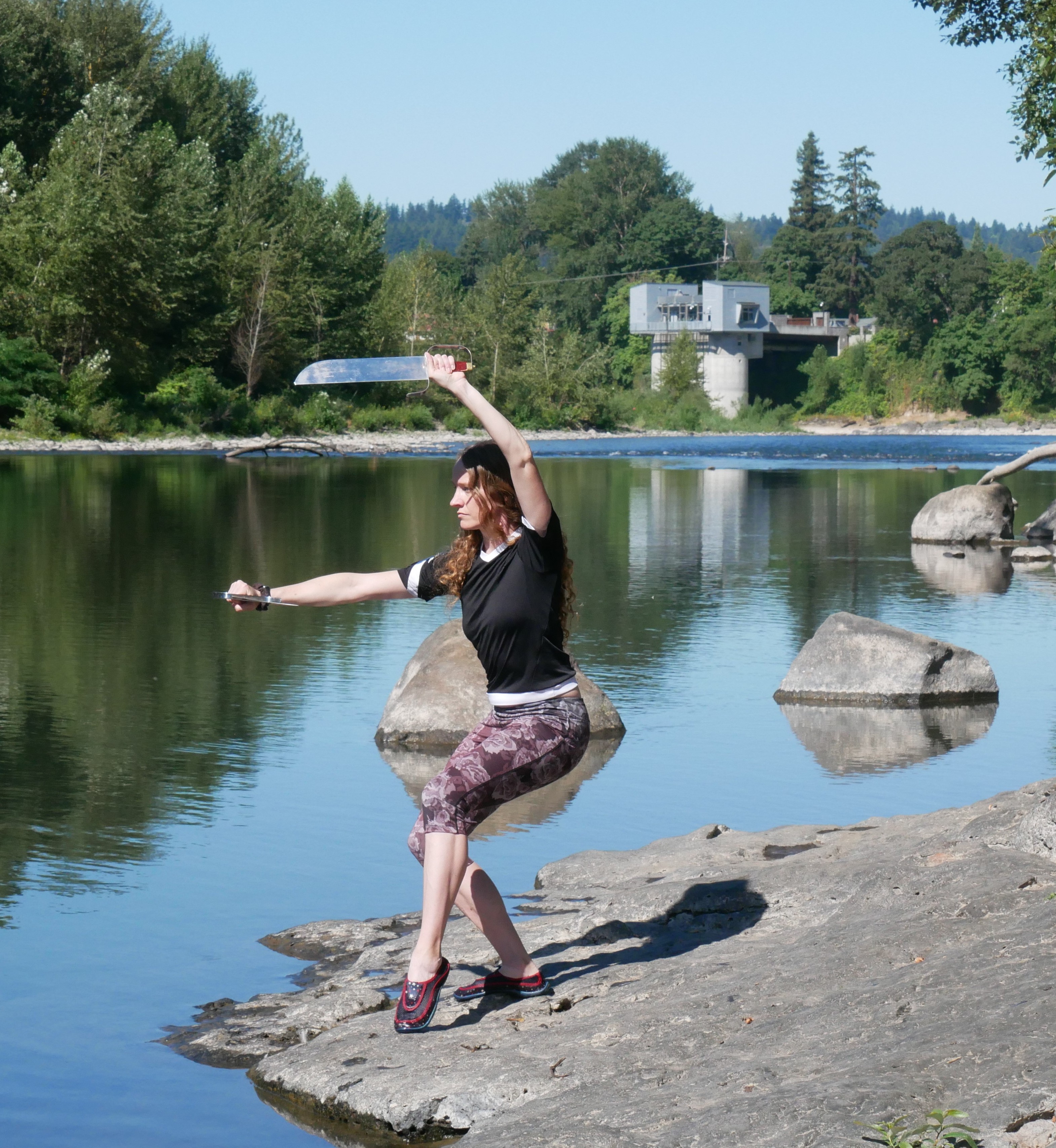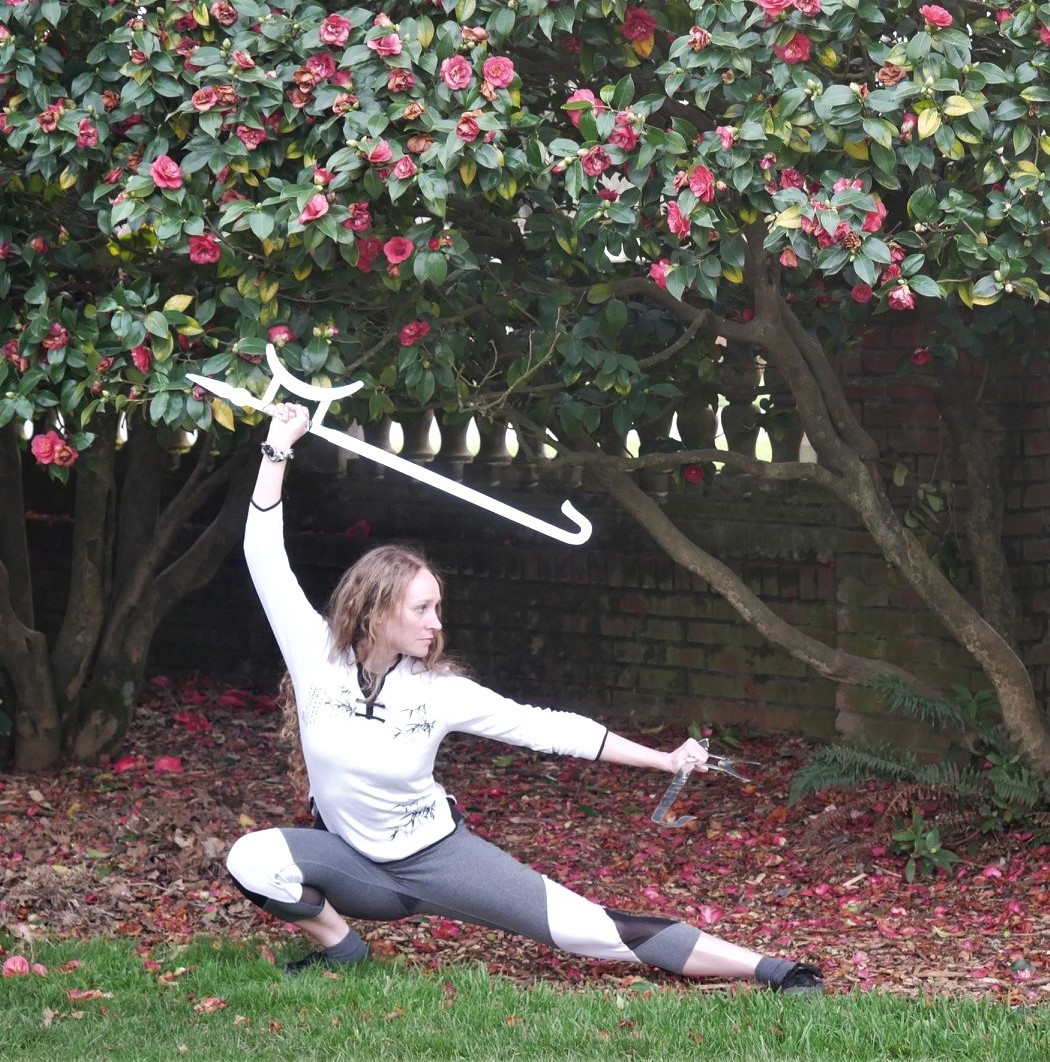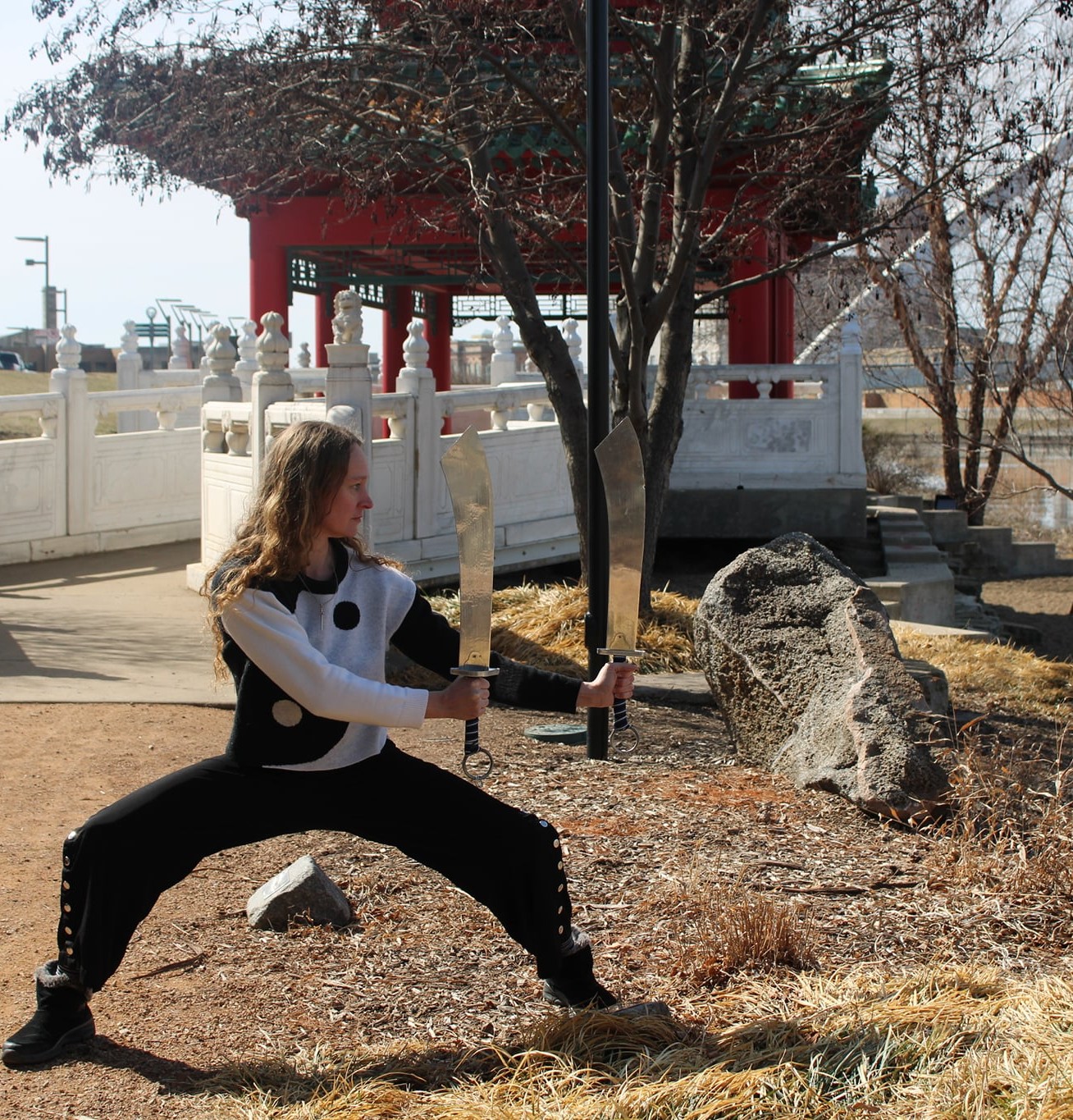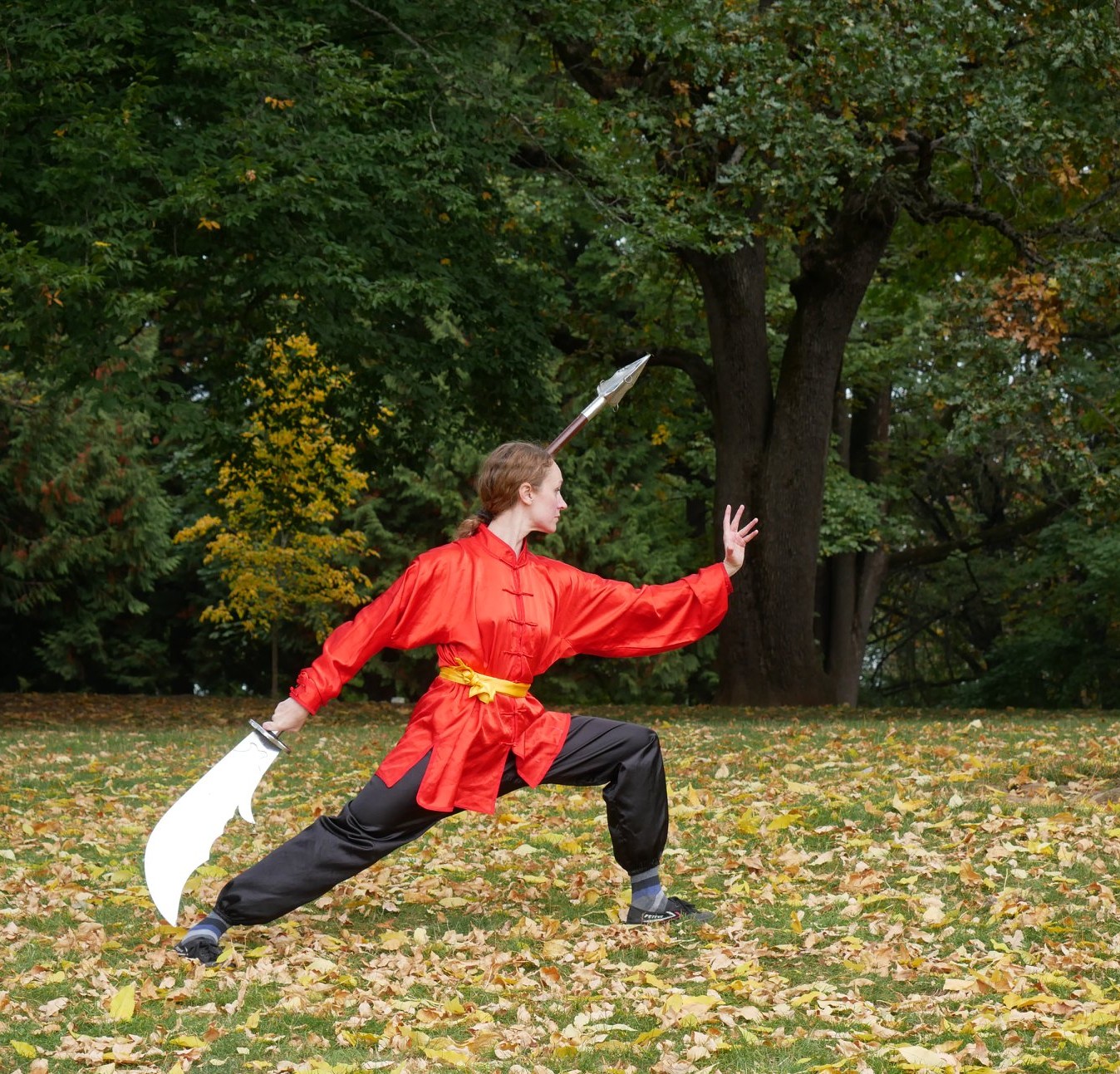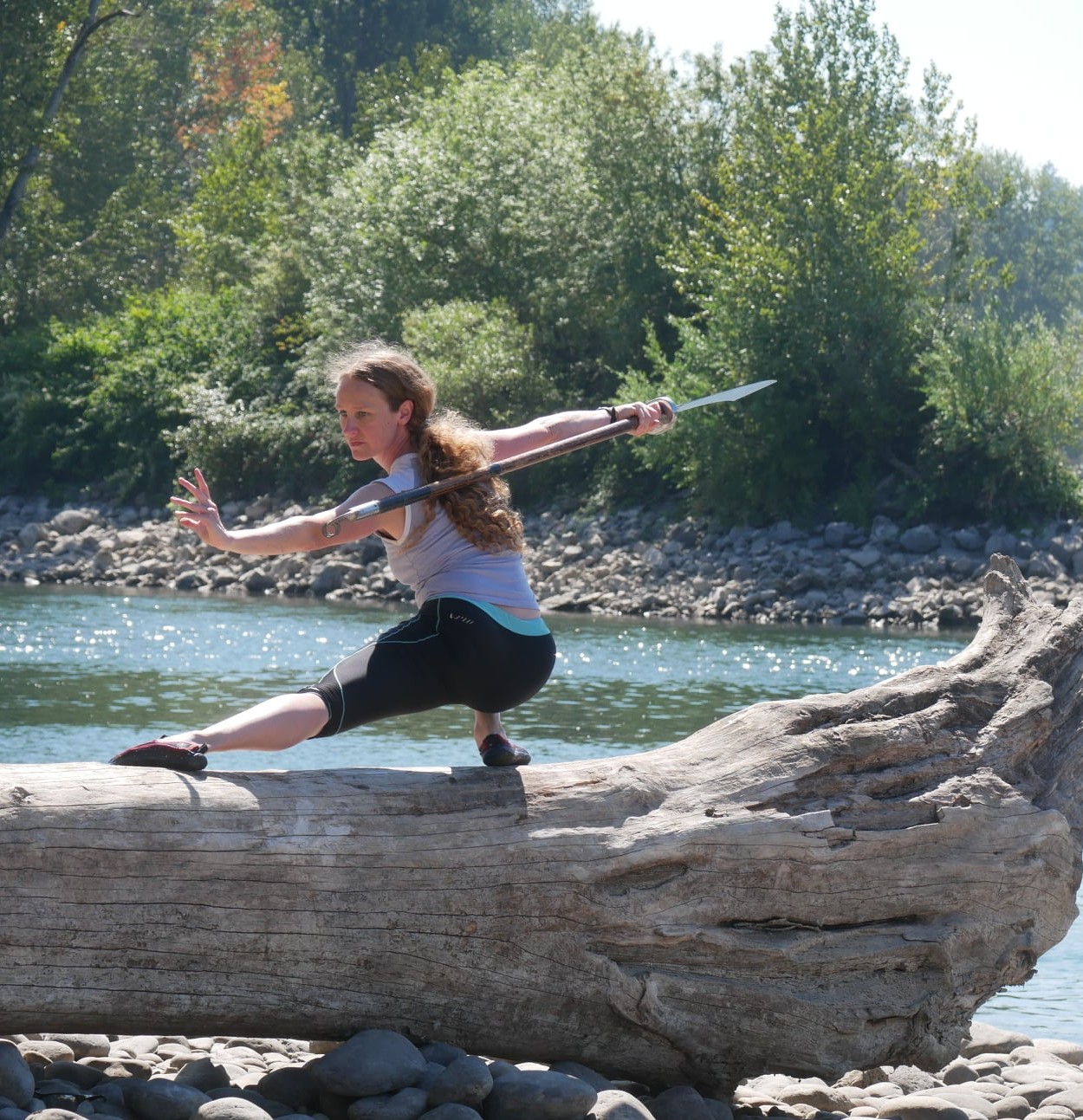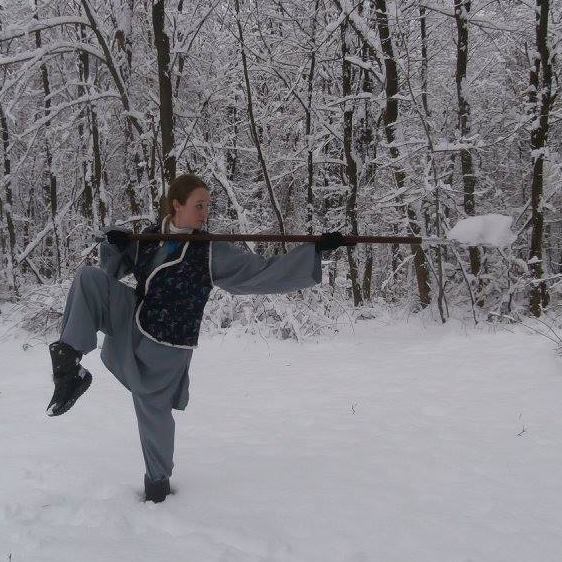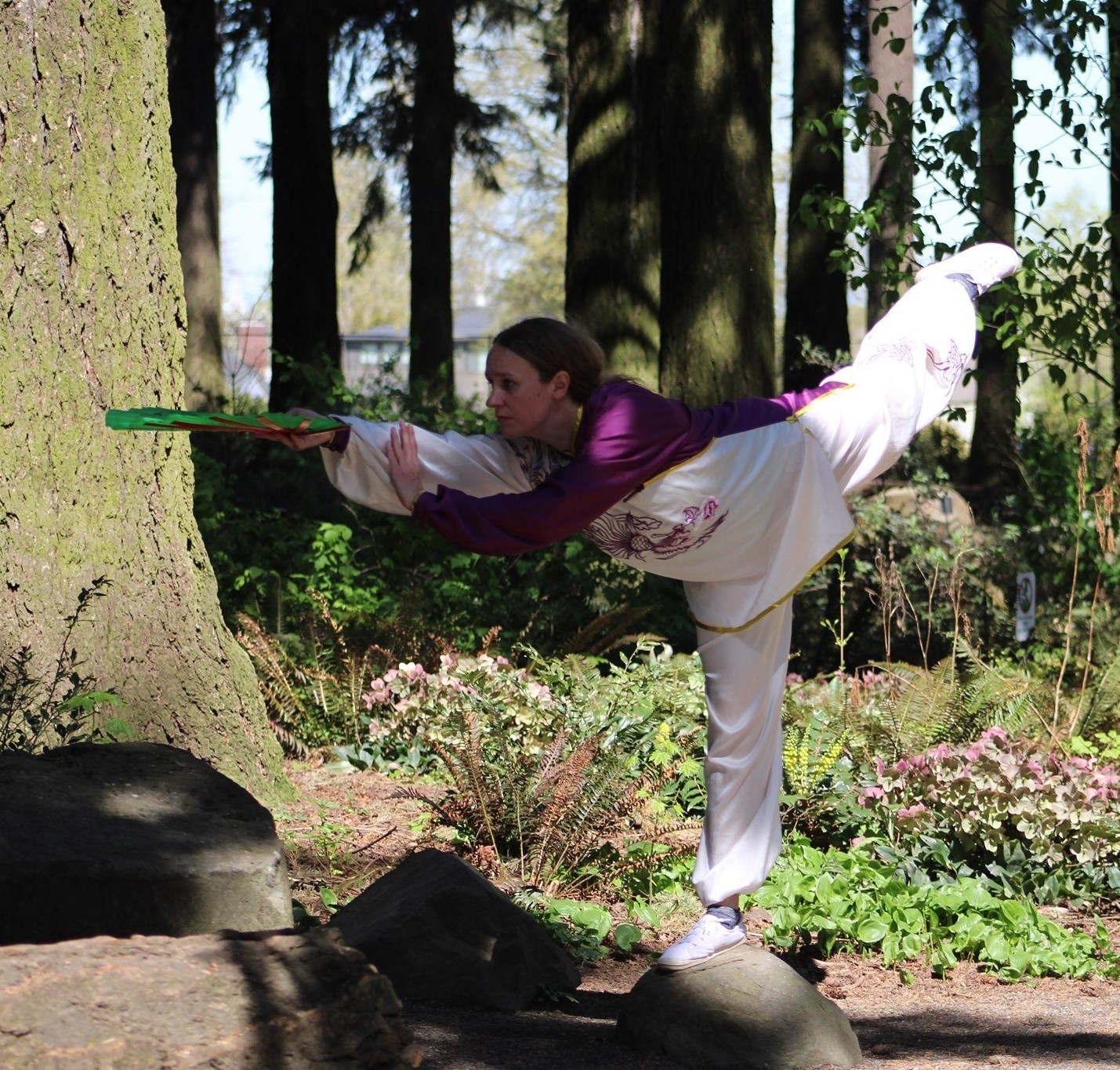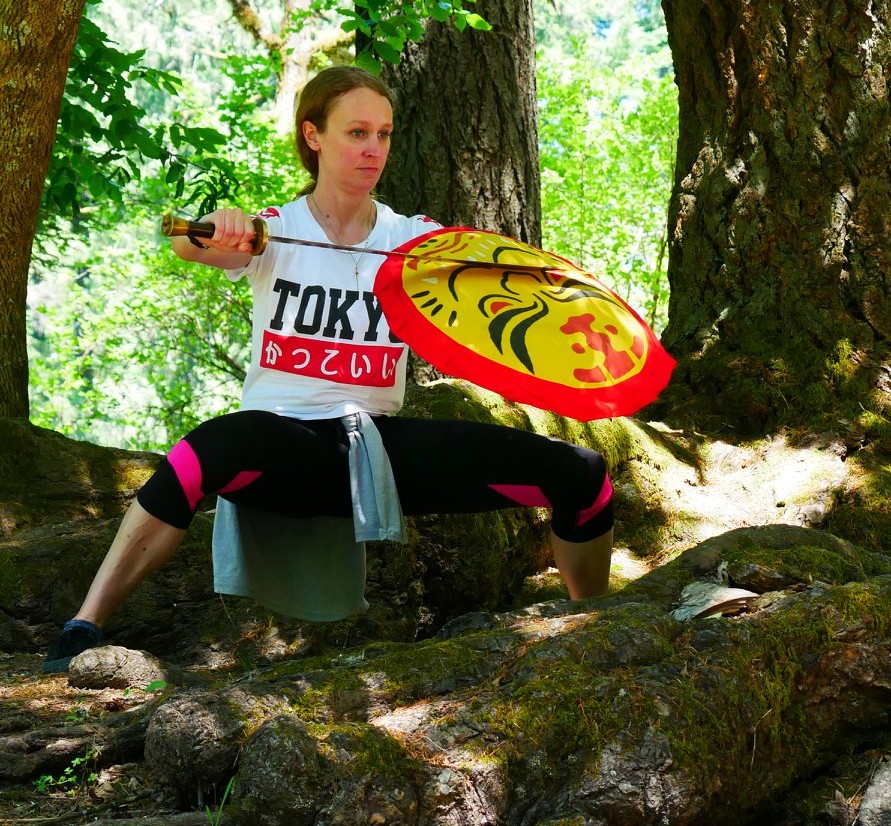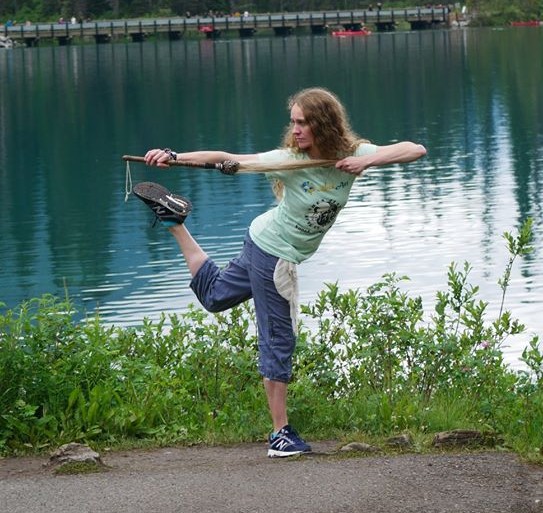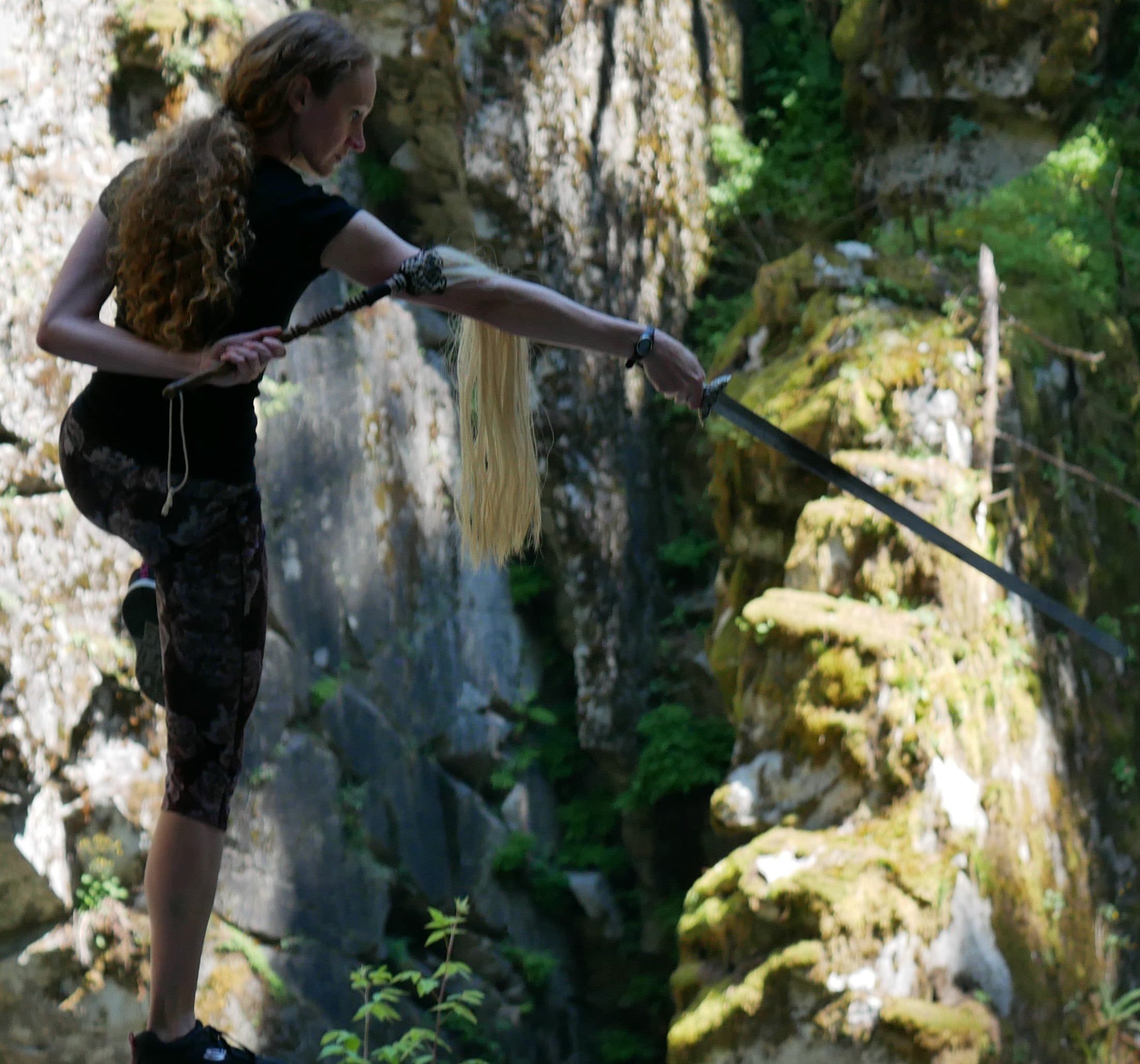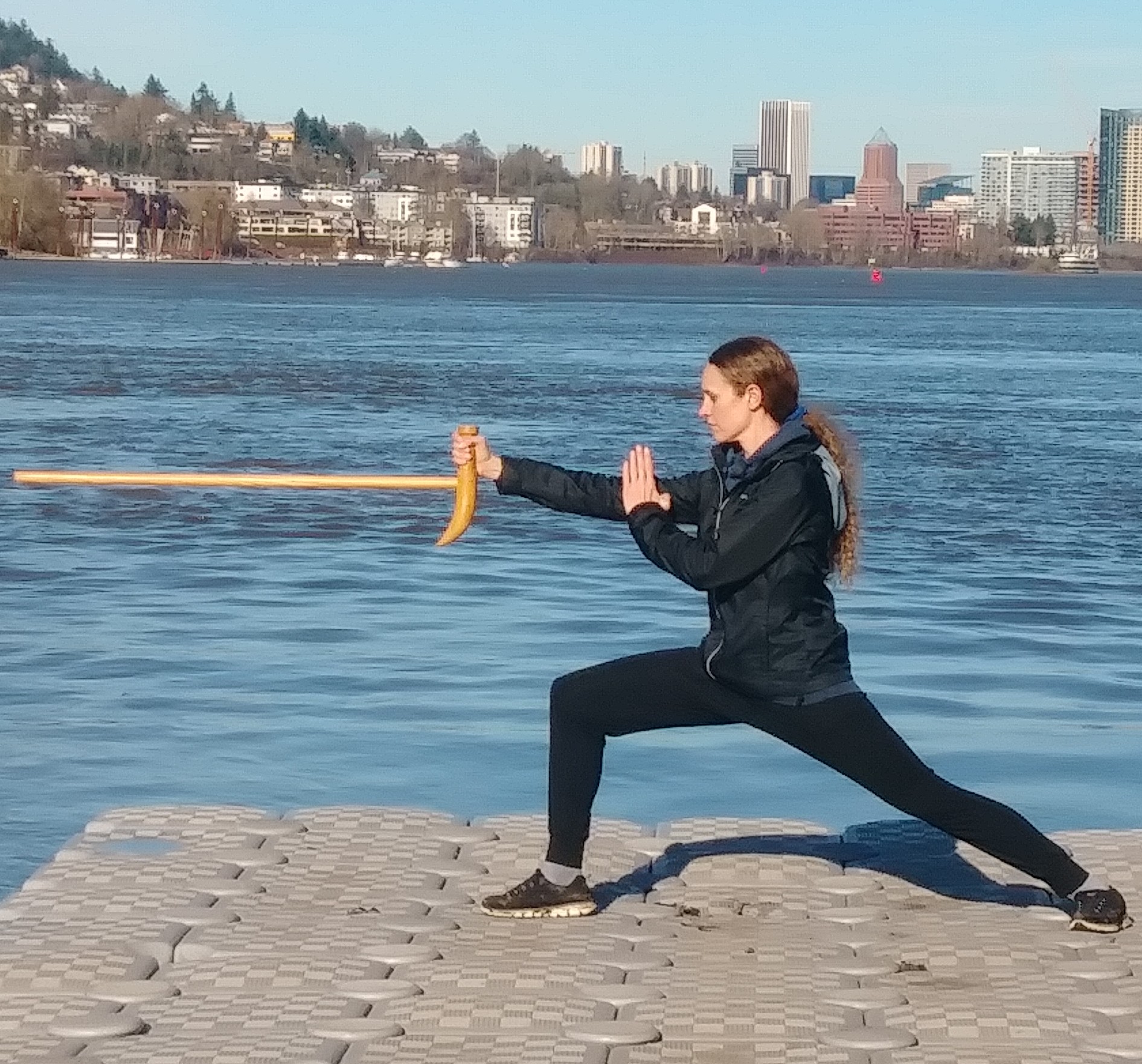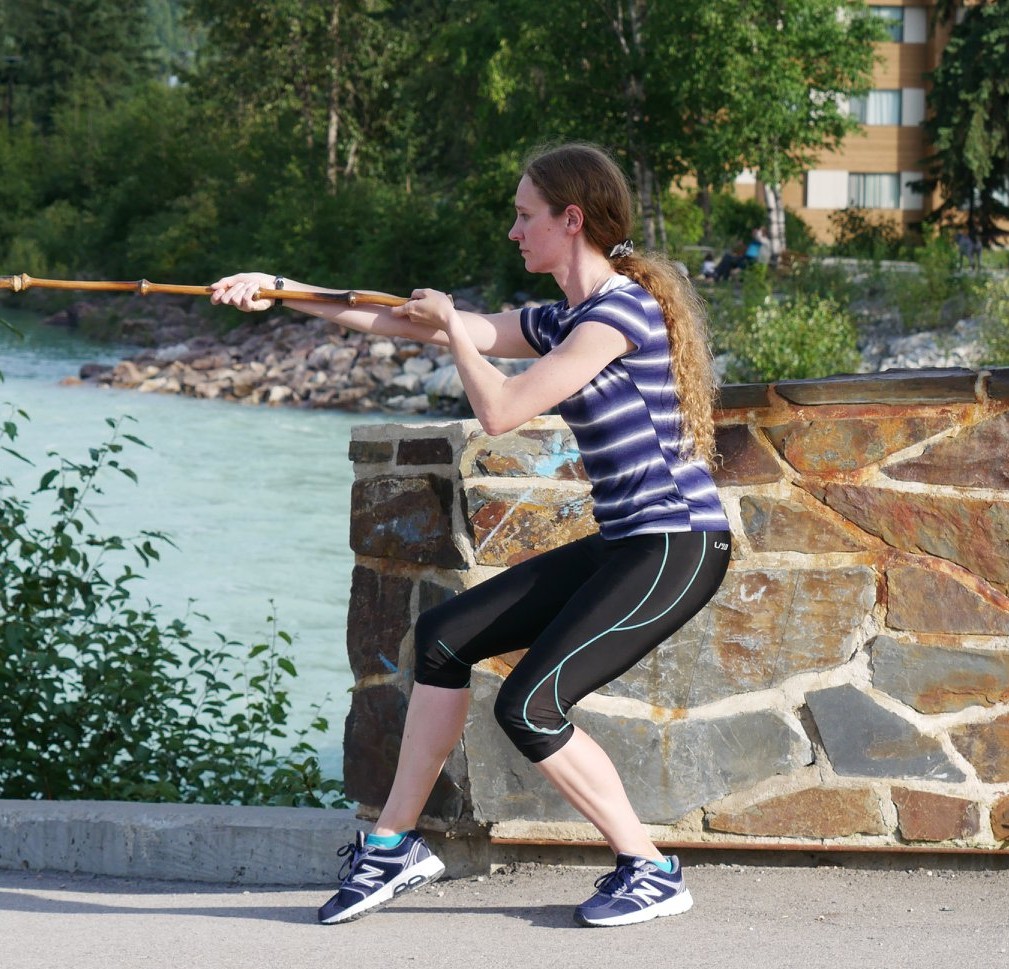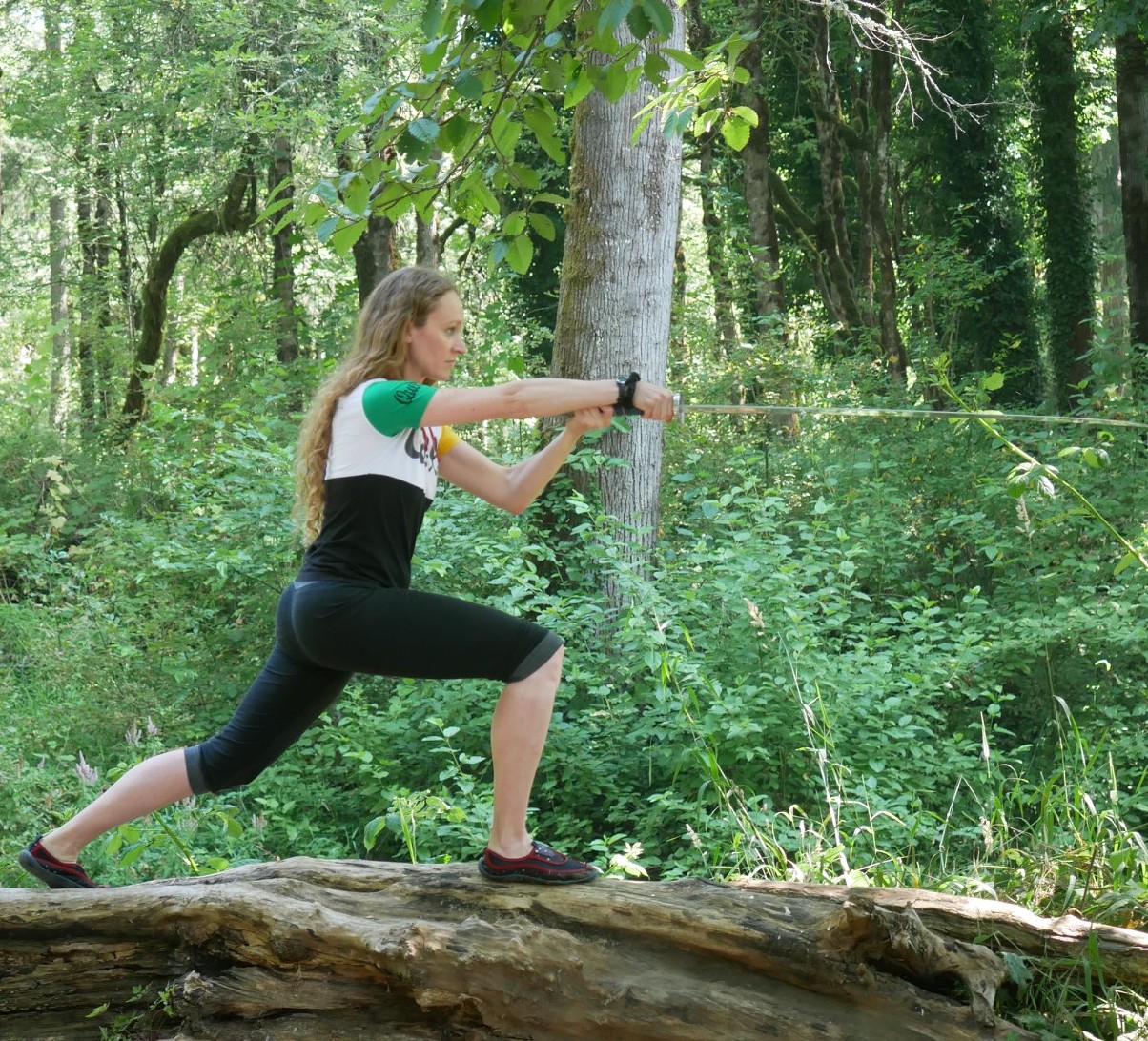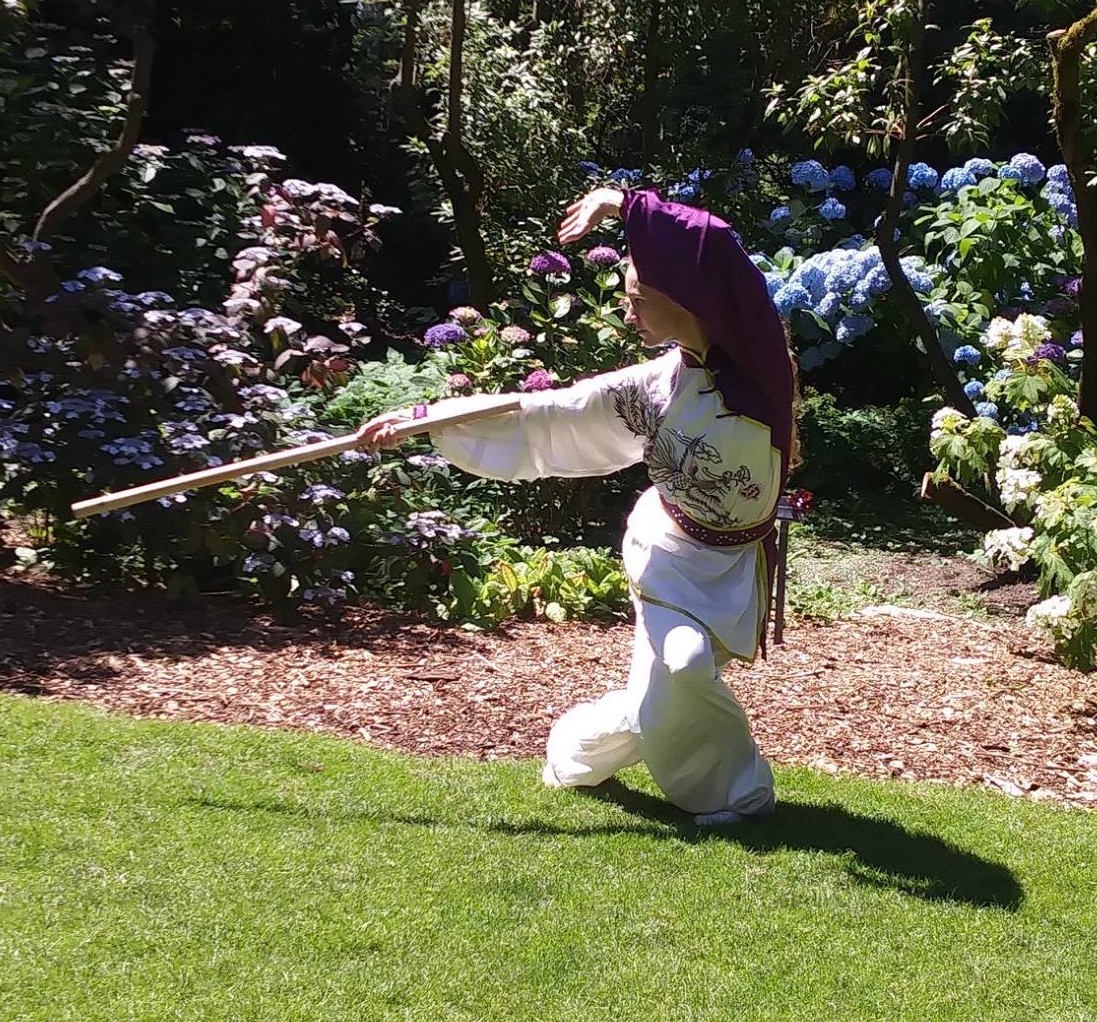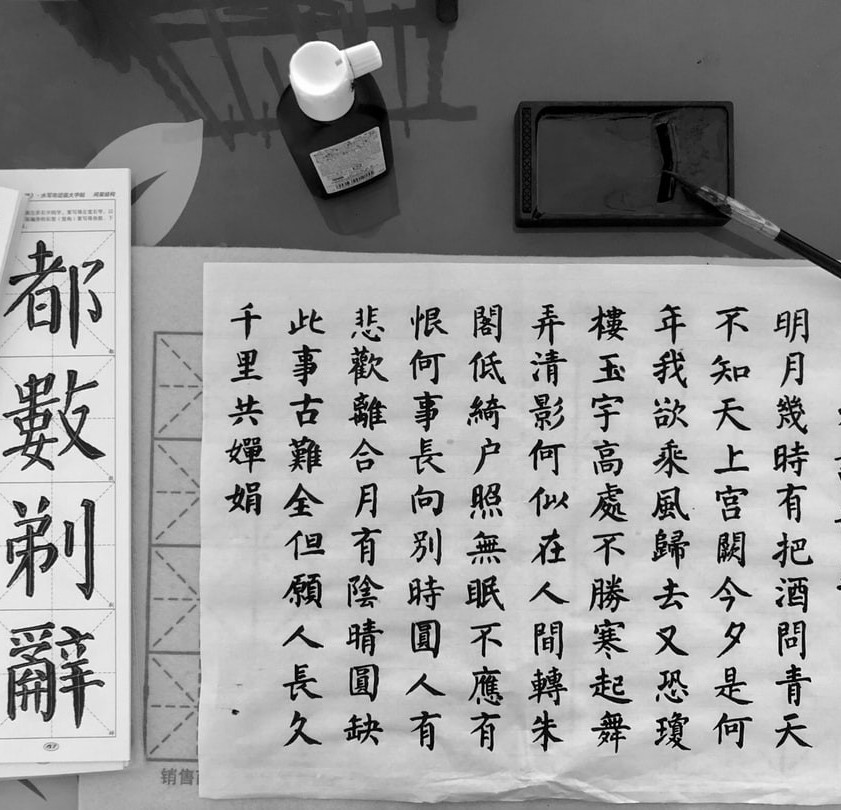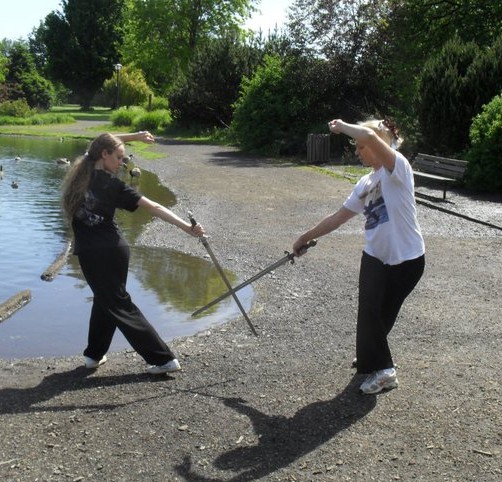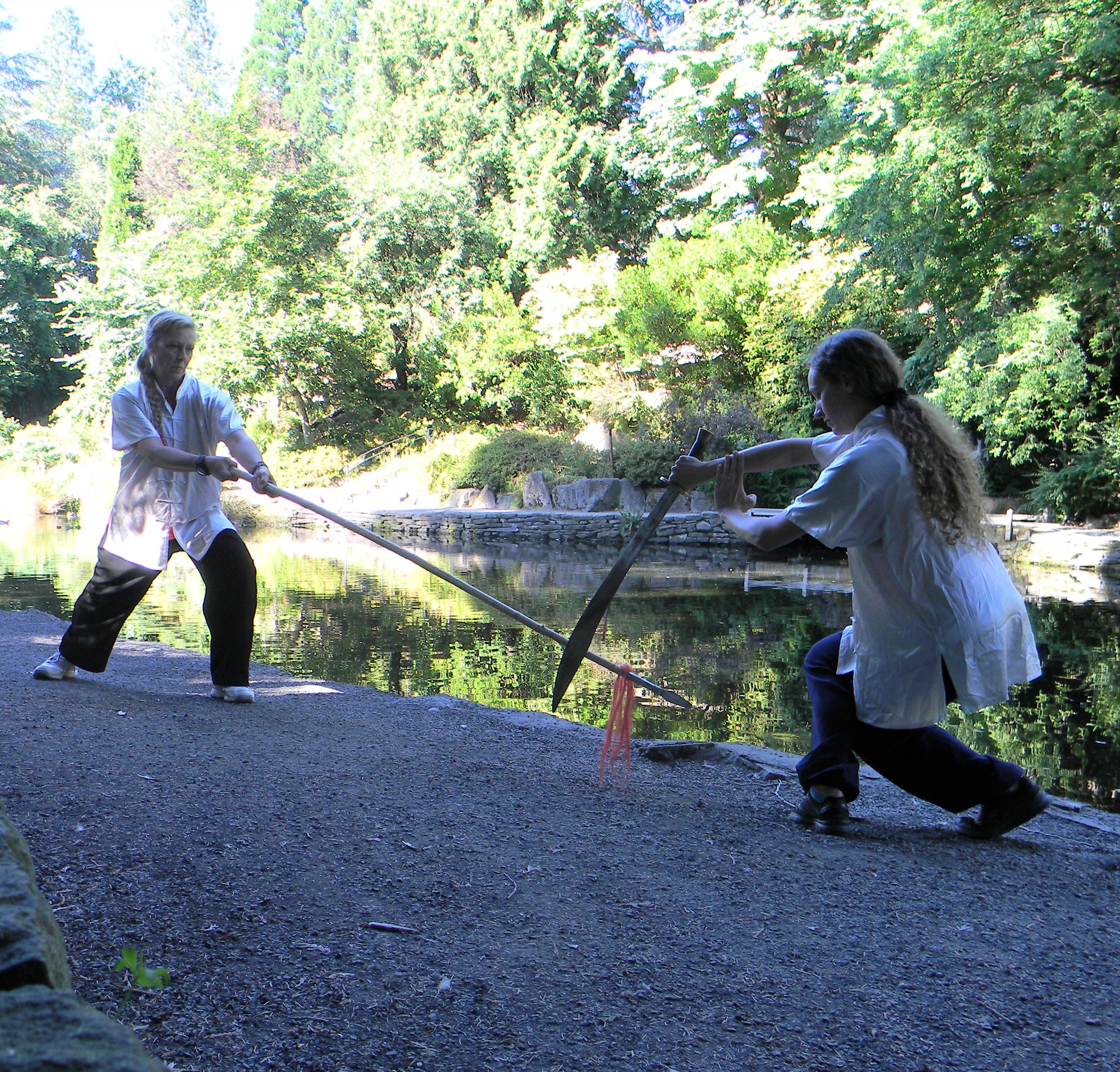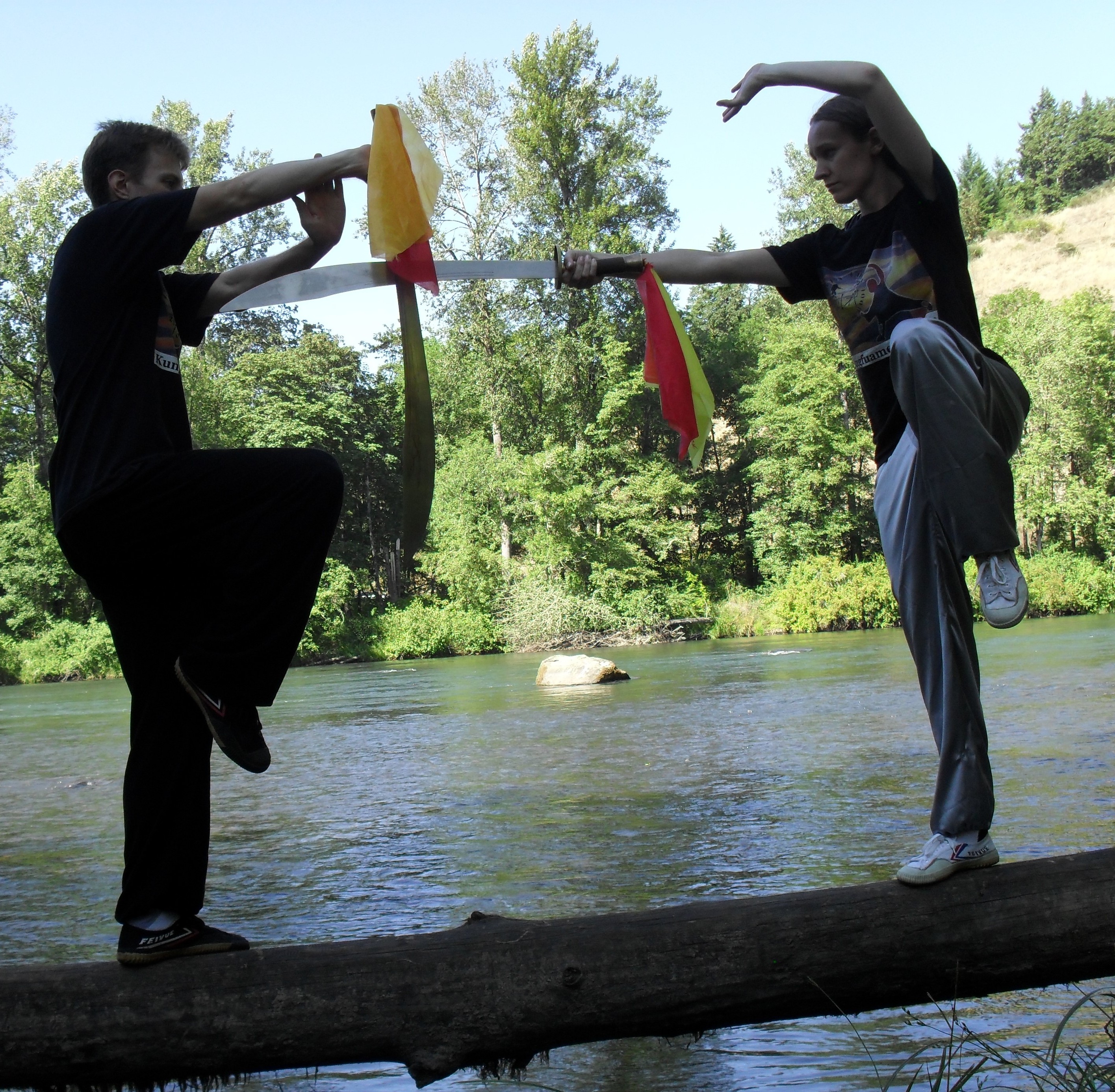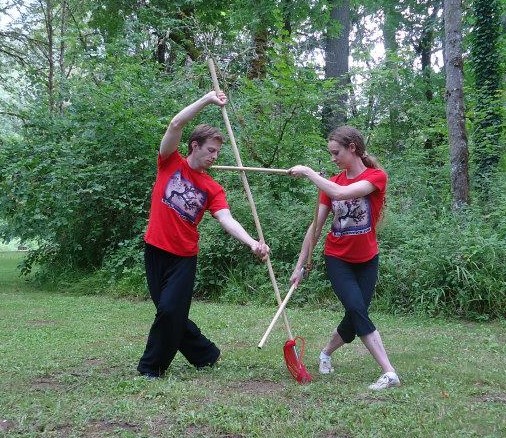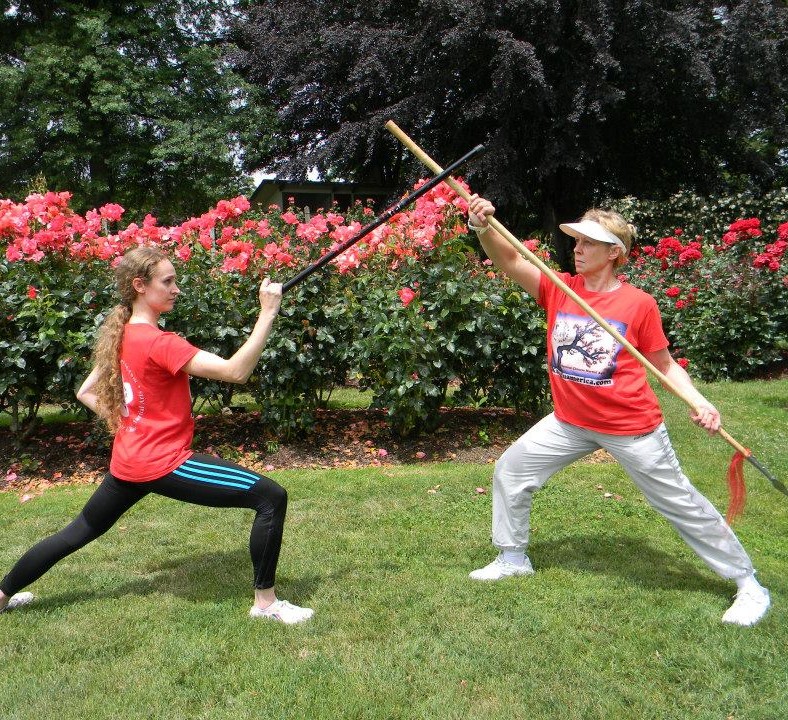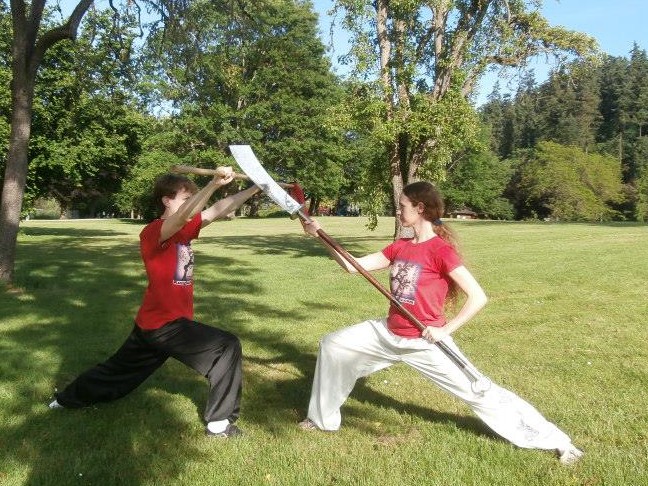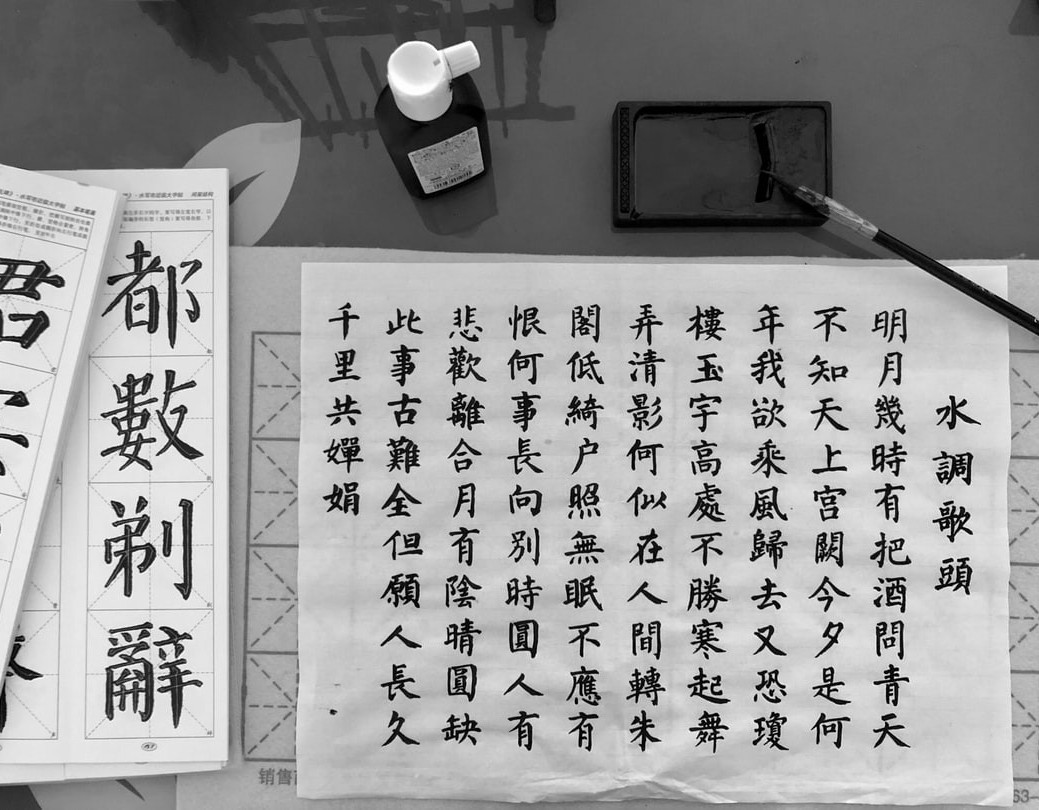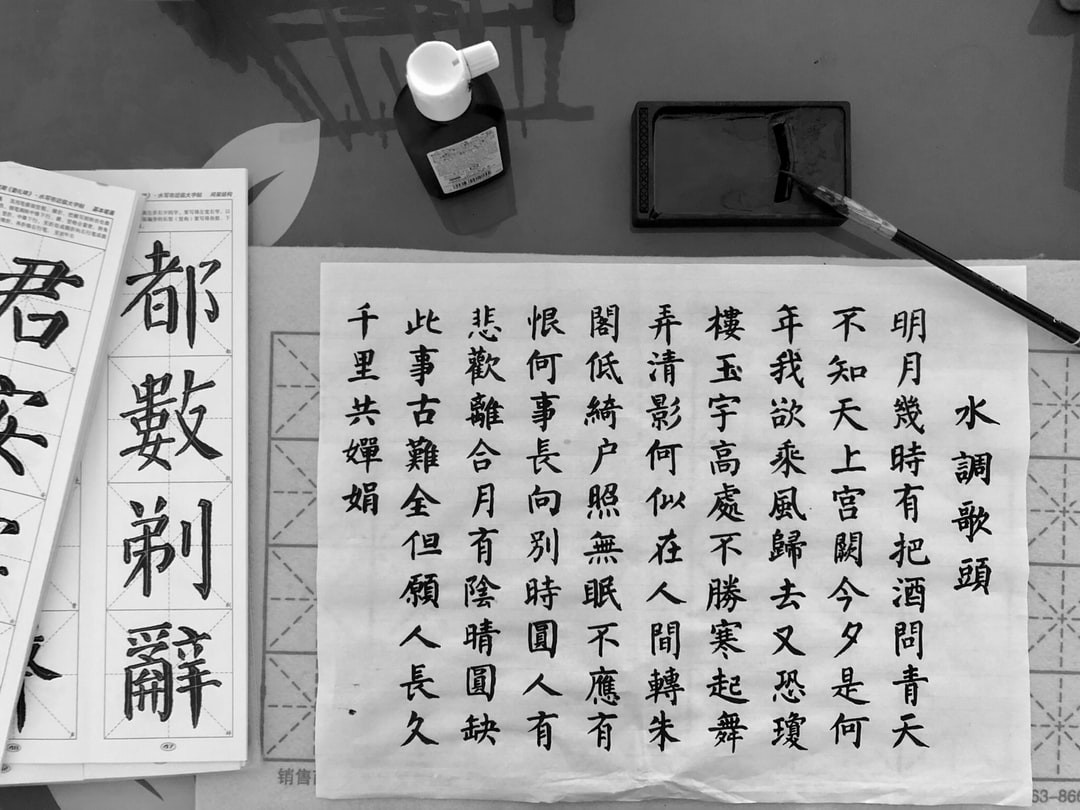freedom kung fu
WEAPON TRAINING
Butterfly knives
蝴蝶刀
Very popular in Southern China. Good footwork and flexibility allow efficiency against other weapons.
Tiger Hooks
虎頭雙鉤
Historically used during the Warring States and Spring and Autumn periods.
Tiger hooks can be used to stab, hook, and block, at various ranges. Traditionally Northern Kung fu weapon.
Deer Horns
鹿角刀
Used as an extension of the hand, to tie up or break the opponent's weapon. Deerhorn knives originated from the school of Bagua quan.
Guan Dao
關刀
The weapon of the general Guan Yu, during the Three Kingdoms. It was used in battle to chop off horses' legs. The other side can be used for stabbing and striking. The kwan dao was traditionally very heavy and training with it provides body conditioning.
Pudao
朴刀
It is called the horse cutting knife because it was used in battle to cut at the legs of horses. The ring was used to disarm swords.
Monk Spade
月牙鏟
Historically, it was used by Buddhist monks to dig holes and bury the dead from famine and wars. Additionally, it was used for self-defense, during their travels. The shovel can be used to attack the opponent's head and feet. The crescent moon can be used to hook weapons.
Fan
扇子
Historically the fan became popular when weapons were prohibited in imperial palaces and other public places. The fan can quickly be opened with a rapid movement of the wrist, which allows it to strike in rotation.
Saber & shield
少林盾牌刀
Shields were traditionally used in Chinese martial arts and were made of rattan or wood covered with leather. The shield is used in combination with the saber in Shaolin.
-
Horsetail 拂塵
Typical weapon of Wudang kung fu. Traditionally , the horse tail whisk was used to cleanse stress, evil thoughts, and energy. The horse tail is used on pressure point, to attack and defend, and to snatch an opponent's weapon.
Damo cane 达摩杖
Popular Shaolin weapon, it is one of the weapons traditionally used as a tool; it was used by older monks to walk, for leg injuries, and to dig holes.
-
Walking cane 手杖
A walking stick is used as a weapon. The walking cane can be used to stab, block, and disarm weapons.
Miao Dao 苗刀
It was used by Chinese troops during the Second Sino-Japanese War. Schools of Pigua and Xinyi train with Miao Dao. The Miao Dao is a two-handed sword with a curved blade.
-
Short staff 棒
The short staff is a basic weapon that in the Mei Hua Quan program is taught before the saber and the sword. Movements are fast and circular and include stabbing, blocking, and weapon disarming.
-
Two-handed saber
雙手刀
A Shaolin weapon handled with two hands
